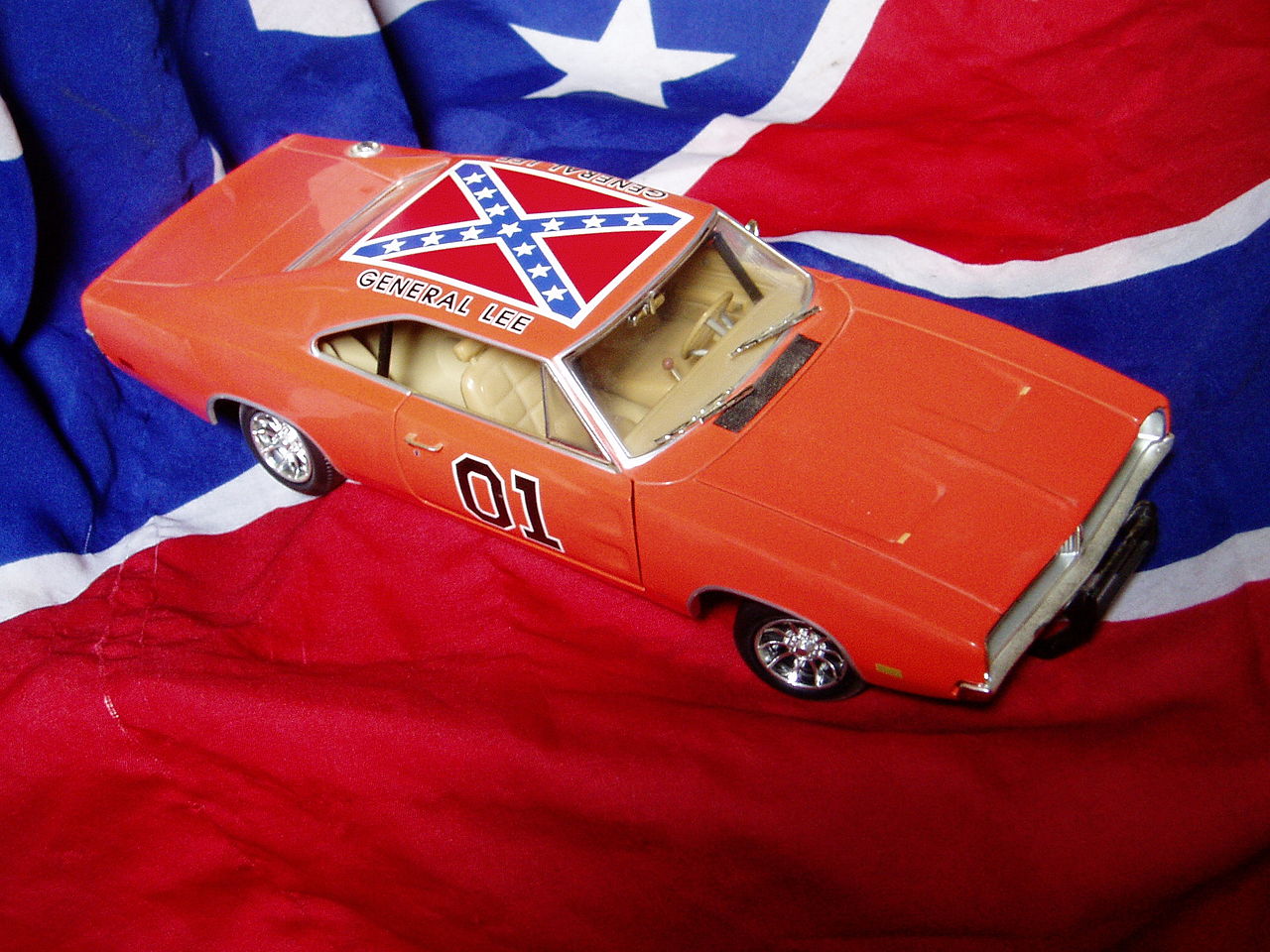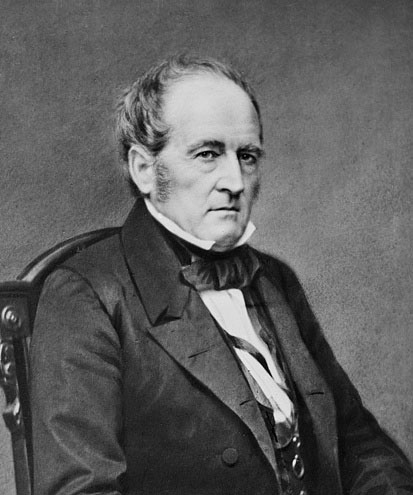 |
| 'MURICA! |
Obviously per the name of this, I’m also only talking about defunct parties. So you might recall some random third parties from past elections and imagine that they’re defunct (e.g. George Wallace’s super racist American Independent Party, or Ross Perot’s Reform Party). However, they’re NOT! No, really. Those things still exist. You know what else still exists? The Prohibition Party! Yeah. I was fully ready to write up a bunch on them for this ranking, but then when researching I saw that they still exist, albeit in a pathetic state (their last two “party conventions” were held by conference calls). How nutso is it that the very same Prohibition Party that was founded in 1869, had it height in the 1888 and 1892 elections, and managed to help pass the stupidest Constitutional Amendment ever – actually still exists to this day and got over 5000 votes in the 2016 election?
Anyway, this is long enough so that I'll break it into two parts. I came up with 23 total which met my vague, inconstant criteria. These are 23 through 13, and I'll finish up with the top 12 next time.
23. Southern Democratic (1860)
The twin brother to the “Northern Democratic” Party of 1860. It’s a little problematic to refer to this as the “Southern Democratic” party, as that term could also refer to other movements (such as the Dixiecrats immediately below) which are all basically just “Democrats, But Super Racist Too™.” In 1860, the Democratic Party sorta broke apart (for reasons I’ll explain in additional detail below under the “Northern Democratic” ranking) after a number of good ol’ boys from the South walked out of the Convention. They then held their own convention of a bunch of slavery-loving racist assholes, which got 18% of the popular vote in the Presidential election. After their loss, these were the core group of secessionist asshats who split off from the Union for not getting the result they wanted. So really, breaking the party apart pales in comparison to "massive treason against the nation to support the continued bondage of a race of people." How could these dicks not be last place?
22. States' Rights Democratic Party (Dixiecrats)
 |
| The official platform was just: "Yeeeee-hawww!" |
21. Know Nothing
Technically this party was called the “Native American” Party, which is problematic in a number of ways. But mostly because it was made up of fucking angry white people who were anti-intellectual, anti-Irish, anti-German, anti-Catholic, xenophobic, and hostile to all immigration. Hrm. Sound familiar? Basically the existing Democratic party wasn’t extreme enough for them, so they split off and formed their own “we hate you book-learnin’ intellectuals and immigrants” party. In 1856, their special version of hatred of most other people led to them capturing a solid 21.5% of the popular vote in the Presidential Election. Somewhat surprisingly, the composition of the party was actually split on the slavery issue (you’d think these pro-discrimination assholes would be full in on the slavery thing, wouldn’t you?). They were also surprisingly for the expansion of rights to women. Sometimes life can be confusing like that. Anyway, the slavery thing especially led to their eventual downfall as it emerged as issue #1 in American politics by 1860, with anti- and pro- slavery supporters in the Know Nothing Party being drawn to either the Republicans or Constitutional Union parties. I guess these guys at least finish above the other racist parties because, hey, they were sort of split on the slavery thing and thought women might sort of count as human beings.
20. Union Labor
The Presidential election of 1888 saw both the “Union Labor Party” and the “United Labor Party” emerge, largely from the remnants of the Greenback Party. The United Labor Party wasn’t a major enough of a player to even get ranked on my list, but since the Union Labor Party’s candidate (Alson Streeter) got 1.31% of the vote, I figure that’s worth at least this low ranking. And they weren’t even inherently racist or xenophobic as part of their platform! Yaaaay! We're making progress.
19. Union (1936)
Not to be confused with the Unionist Party which existed a century before (two below), or the Union Labor party (just above). This 1936 election-only party attempted to take out FDR. They didn’t really come very close, but 1.95% of the vote is better than nothing, right?
18. Constitutional Union
 |
| Candidate John Bell, the definition of charisma. |
17. Unionist
Again, not to be confused with a number of similarly-named parties, the Unionist Party was a, 1850’s-era party that merged southern Whigs who didn’t really like being labelled as “Whigs” (because being a Whig made you un-electable in the South) and moderate Democrats who wanted to compromise on the big ticket issues like slavery and states’ rights (the very things that would eventually lead to the Civil War). While some fervent Southerners (especially Democrats) were already talking about breaking up the Union a decade before the Civil War, the Unionists basically hoped that they could put a Band-Aid on the open, festering wound that was the growing division between North and South. Needless to say, the Band-Aid solution didn’t work. At least it was an attempt at a solution though, as opposed to the Constitutional Union non-strategy.
16. Northern Democratic
The twin brother to 1860’s “Southern Democratic” party, and a party that (as with its twin) I somewhat questioned whether this counted as a “separate, defunct” party from the modern Democratic Party, or if it was simply the same party as the one today. If either of the two Democratic Parties of 1860 can claim to be “the same” Democratic Party as the one which Jackson established and which still exists today, it’s this one. The basic story is that the Democrats (a single party) held their Convention in 1860 and came to a deadlock without choosing a candidate. Because of that, rivals factions in both the North and South held their own “second” Conventions – excluding the other side and picking their own candidates. The Northern Democrat platform was basically a “moderate” position of popular sovereignty on slavery, e.g. let each state decide for itself. Yep, there was a time in this nation's history where "Eh, let the states decide whether you can enslave human beings" was considered "moderate." By now you already know the position the Southern Democratic Party took, and even if you didn't read my #23 above you could probably just guess based on the word "Southern" alone.
15. Progressive (1948)
 |
| Aaaaand ZERO Electoral votes. Nice try though. |
14. National Republican
The 1824 Election might have been the most jacked up U.S. election in history, and it resulted in a collapse of the “First Party System” which the country had run on since its beginning. I don't need to explain that to you. You can go to Wikipedia just as easily as I can. Basically, no candidate got a majority and a “corrupt bargain” occurred where John Quincy Adams was given the presidency, despite having less electoral votes than Andrew Jackson. This pretty much broke up the dominant Democratic-Republican Party which had reigned supreme for over 20 years. Those loyal to JQ Adams (and to a lesser extent, Henry Clay) became the "National Republicans," aka the Anti-Jacksonians. They would not win this time around, but they’d set the seeds of what would eventually transform into the Whig Party.
13. Anti-Masonic Party
 |
| The Anti-Masonic Party (essentially) |
-----
Top 12... next time! Because what else better will you have to do Sunday night? Oh. Game of Thrones? Okay then, I suppose that makes sense.
No comments:
Post a Comment